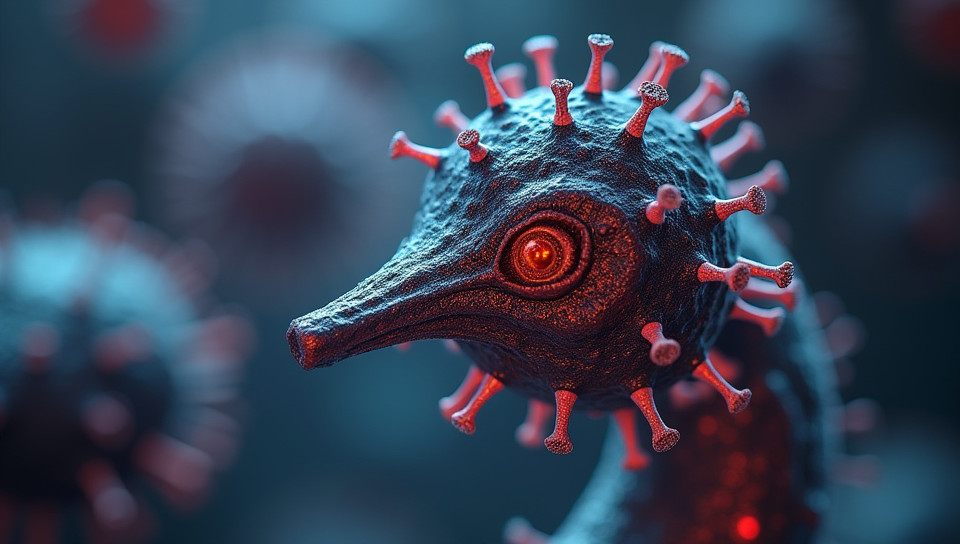CRISPR poses significant risks to humans 74%

The Unsettling Future of CRISPR: A Double-Edged Sword
As we continue to push the boundaries of genetic engineering, one technology stands out as a game-changer: CRISPR. This powerful tool has the potential to revolutionize medicine, agriculture, and biotechnology. However, beneath its promising surface lies a complex web of risks that demand our attention.
The Power of CRISPR
CRISPR (Clustered Regularly Interspaced Short Palindromic Repeats) is a gene editing technology that allows scientists to edit DNA with unprecedented precision. By harnessing the power of this tool, researchers can potentially cure genetic diseases, develop novel cancer therapies, and even create disease-resistant crops.
Unintended Consequences
While CRISPR's potential benefits are undeniable, its risks are just as significant. Here are some of the concerns that have been raised:
- Off-target effects: CRISPR's editing process is not perfect and can sometimes introduce unintended mutations in non-targeted regions of the genome.
- Mosaicism: When CRISPR edits a gene, it may only edit some cells in an organism, leading to a mixture of edited and unedited cells, which can cause unexpected problems.
- Germline editing: Altering human embryos using CRISPR raises concerns about unintended effects on future generations.
The Risks of Unregulated Use
The rapid development of CRISPR has outpaced our ability to regulate its use. As a result, there is a risk that this technology will be misused or used without proper oversight.
- Lack of safety guidelines: There are currently no standardized safety protocols for CRISPR research and application.
- Inadequate public education: The general public is often unaware of the risks associated with CRISPR, which can lead to uninformed decisions about its use.
- Unchecked commercialization: The rapid development of CRISPR-based products has created a lucrative market, but without proper regulation, these products may not be thoroughly tested for safety.
Conclusion
As we continue to harness the power of CRISPR, it is essential that we acknowledge and address the risks associated with this technology. By doing so, we can ensure that its benefits are realized while minimizing its potential harms. The future of human health and our relationship with biotechnology hangs in the balance. It is time for us to take a step back, reassess, and prioritize responsible innovation.
- Created by: Rían Doherty
- Created at: Jan. 13, 2025, 3:24 p.m.
- ID: 17761






